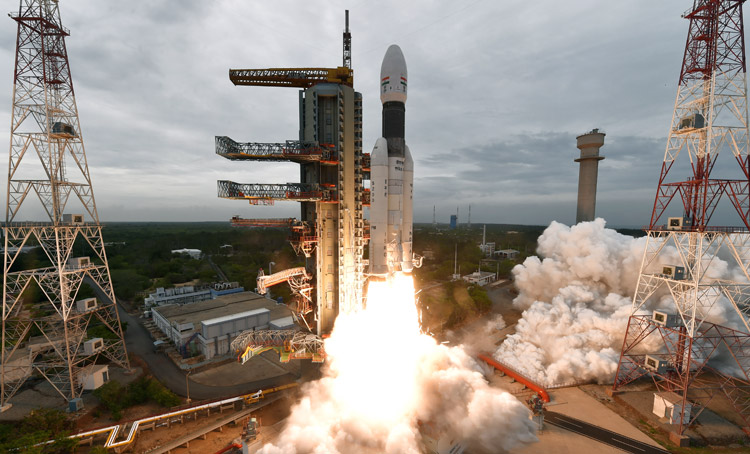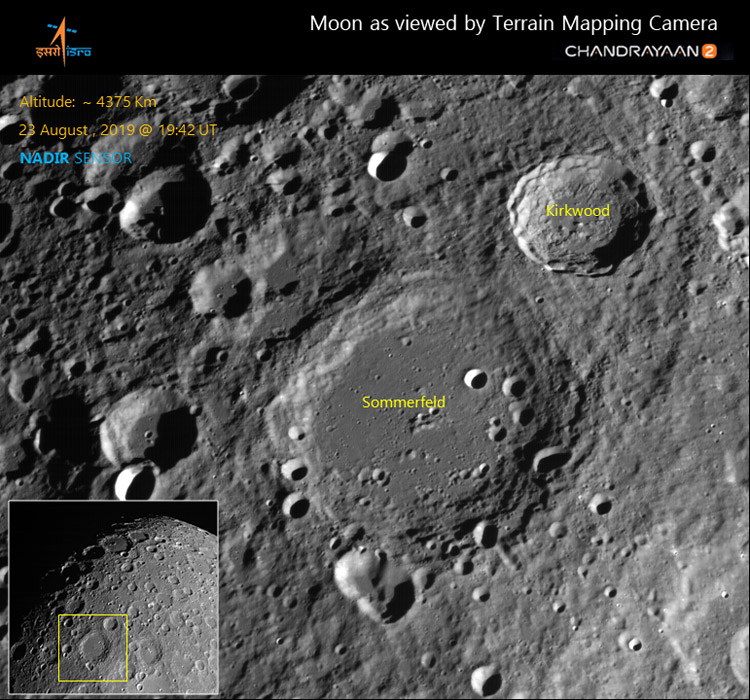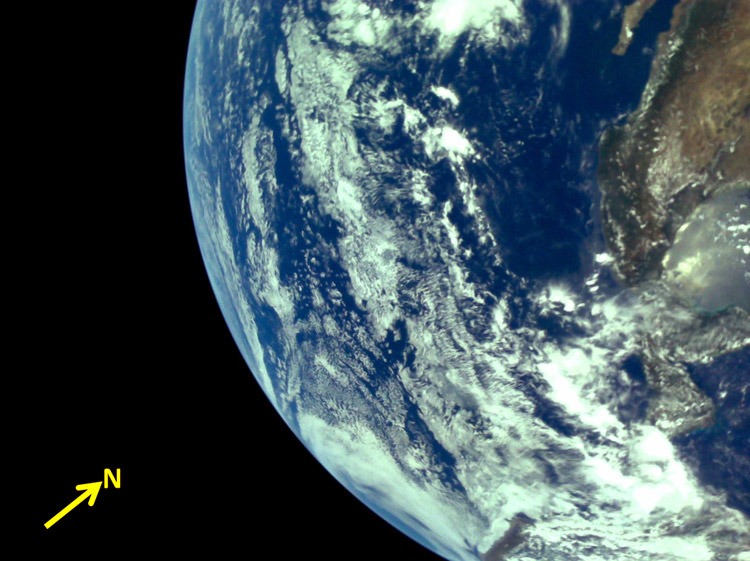INDIAN ARMED FORCES CHIEFS ON
OUR RELENTLESS AND FOCUSED PUBLISHING EFFORTS

SP Guide Publications puts forth a well compiled articulation of issues, pursuits and accomplishments of the Indian Army, over the years

I am confident that SP Guide Publications would continue to inform, inspire and influence.

My compliments to SP Guide Publications for informative and credible reportage on contemporary aerospace issues over the past six decades.
Chandrayaan 3 and Moon Landing
 |
The Author is Former Director General of Information Systems and A Special Forces Veteran, Indian Army |

On October 18, 2019, ISRO released the first illuminated images of the Moon’s lunar surface captures by the Imaging Infrared Spectrometer (IRSS) on board Chandrayaan-2. The IRSS is designed to measure reflected sunlight from the lunar surface in narrow and contiguous spectral channels. It may be recalled that during the attempted Moon landing by the Chandrayaan-2 mission on September 7, the lander ‘Vikram’ had a hard landing on the Moon and lost contact with Chandrayaan-2. Chandrayaan-2’s entry into the Earth's orbit was successful and so was the entry into the lunar orbit. He added, "Having said that, just to add to what he initially started off with Chandrayaan was a mission which was very keenly watched by all of us and, in fact, every Indian. Therefore, there might have been some amount of disappointment. But I would like to submit that it would be unfair to describe it as a failure because in the scientific pursuits like this.
There has not been a single country which has been able to successfully accomplish soft landing in less than two attempts. And, so to say, even the USA, which started its space journey much, much before us, many years before us, when we were still singing nursery rhymes 'Chanda Mama Door Ke', could manage soft landing only in the eighth attempt. But, we, having learnt from the experience of the other nations, I am sure, we would succeed soon. Scientifically, there were two components of this Mission, which include the orbiter part also. One was the scientific objective and the other was technological. Now, scientific objectives have been fully accomplished, which include moon surface mapping, topographical studies, radar-based studies and others." Jitendra Singh also drew attention to the fact that with the Orbiter very much there and subsequent landing attempts will cut down costs as well because the lander also did land on the lunar surface though suffering a hard landing. He also informed Rajya Sabha that in 2019 Public Sector Undertaking (PSU) New Space India Ltd has been established, adding, "The participation of these agencies, along with the industry, is actually guided by strict regulations. It is not exactly transferring it to the private sector; maybe, in the manufacturing of certain instruments, nuts and bolts, they come to our cooperation and help." Singh also said, "Today, space technology is extensively being used in our housing projects, including the smart city projects, in laying of railway tracks, manning of the railway crossings.

The Geo-MGNREGA has been a very successful experiment to which we could also add the forest part." The good news now is that ISRO has announced plans to send a second mission to soft-land on the Moon by November 2020 – Chandrayaan-3. The Chandrayaan-2 orbiter which is operational, has several scientific, imaging and mapping instruments onboard, has captured its first three-dimensional map of a structure on the Moon; an impact crater. Captured by the Orbiter's High-Resolution Camera (OHRC) from an altitude of 100 km, ISRO shared the images which are the highest resolution visuals ever taken of the Moon. For the Chandrayaan-3 mission, engineers and scientists at ISRO will design and build an entirely new lander and rover, using the functional orbiter of Chandrayaan-2 already orbiting around the Moon. However, in addition to the new lander and rover of Chandrayaan-3, the mission will also have an additional ‘detachable module’ that packs the engine and fuel needed for the journey. This module will tentatively be called the "propulsion module".

The Chandrayaan-3 mission will also feature fewer orbital manoeuvers than Chandrayaan-2, which had a total of six orbits around the Earth and the Moon. ISRO has begun work on Chandrayaan-3 with a deadline of November 2020 and has formed multiple committees for the mission; an overall panel and three sub-committees already four high-level meetings have been held since October. The overall panel has met with the agenda of reviewing the configuration of Chandrayaan-3 and recommendations of various sub-committees on propulsion, sensors, overall engineering, navigation and guidance. According to ISRO scientists, so far ISRO has looked into 10 specific aspects of the mission including landing site selection, absolute navigation and local navigation. Among the foremost priorities for the new mission is strengthening the legs of the lander so that it withstands landing with high velocity. The number of payloads on the lander of Chandrayyan-3 is yet to be decided. Given the dedication of ISRO scientists, there is no reason Chandrayaan-3 mission and the planned landing on the Moon should not succeed.





